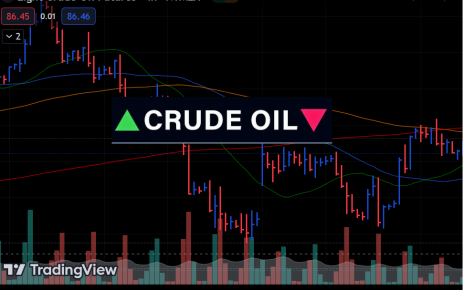- The US non-farm payrolls report is scheduled for release on Friday.
- Thursday’s data revealed a higher-than-expected increase in US private jobs in December.
- Investors expect a 170,000 job increase, slightly below last year’s monthly average.
On Thursday, gold stabilized after a four-session decline as investors prepared for the upcoming US non-farm payroll data. This report could impact the Federal Reserve’s interest-rate decisions. Jim Wyckoff, senior analyst at Kitco Metals, mentioned the need for a fresh spark in the gold market to start a rally.
According to Wyckoff, stronger jobs data could weaken gold by reducing expectations for Federal Reserve interest rate cuts. The US non-farm payrolls report is scheduled for release on Friday.
US private employment (Source: ADP Research Institute)
Meanwhile, Thursday’s data revealed a higher-than-expected increase in US private jobs in December. Moreover, there was a greater-than-expected drop in US weekly jobless claims. This indicates strength in the labor market.
Despite the positive labor market indicators, financial markets anticipated potential interest rate cuts by the Fed in March. US job openings declined to a nearly three-year low in November, signaling a cooling labor market. However, labor market conditions remained relatively robust, with 1.4 job openings for every unemployed person.
The Federal Reserve, in its last month’s meeting, maintained its policy rate within the 5.25-5.50% range, signaling an end to the two-year tightening of monetary policy. Moreover, the bank predicted lower borrowing costs in 2024.
Additionally, Wednesday’s meeting minutes indicated policymakers’ increasing confidence in taming inflation. UBS analyst Giovanni Staunovo predicts that financial investors will return with the Fed implementing rate cuts, boosting ETF and bar demand. This demand could raise the price of gold to $2,250 per ounce by year-end.
Attention now turns to the Labor Department‘s December employment report. There are expectations of a 170,000 job increase, slightly below last year’s monthly average. Meanwhile, the unemployment rate will likely come in at 3.8%, up from 3.7% in November.
At the start of the year, gold fell as the dollar gained. Investors became less certain about Fed rate cuts, which saw the dollar recover. Moreover, uncertainty over the tension in the Red Sea gave the dollar safe-haven demand. Meanwhile, gold recorded an increase of 13% in 2023 and could rally more this year if interest rates reduce. Lower interest rates cut the opportunity cost of holding the yellow metal, making it more attractive.





